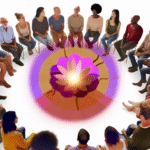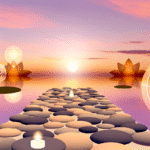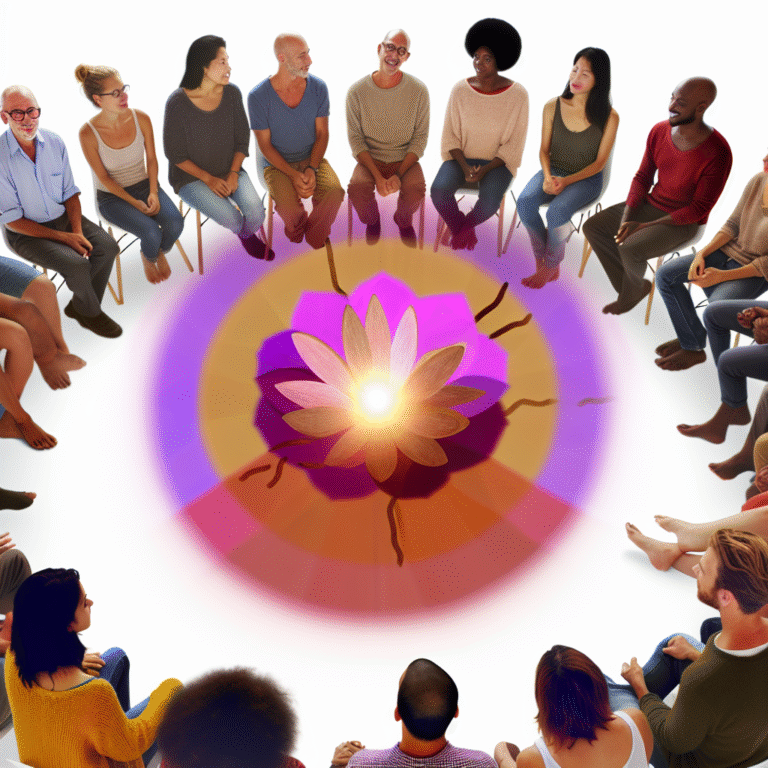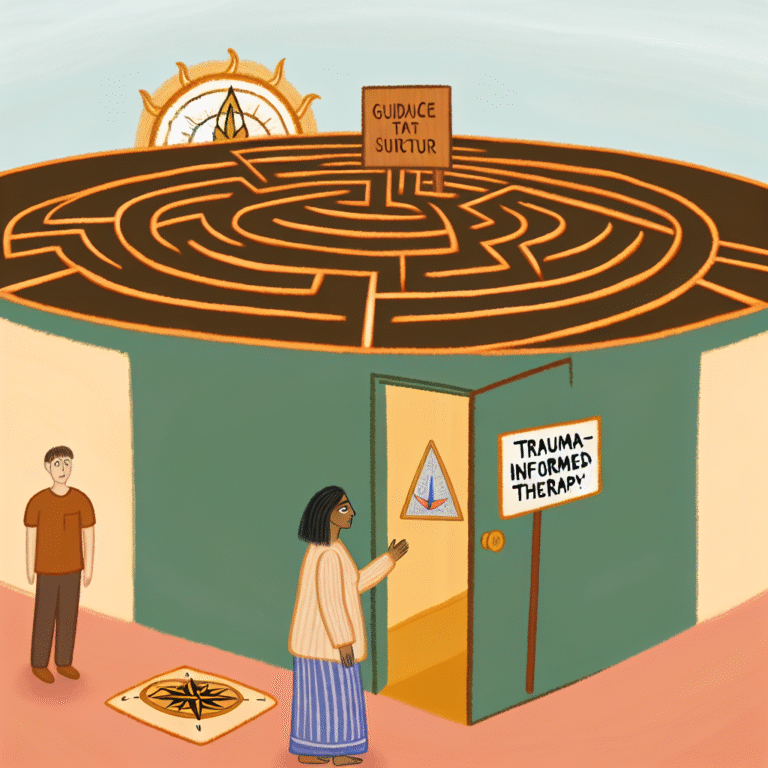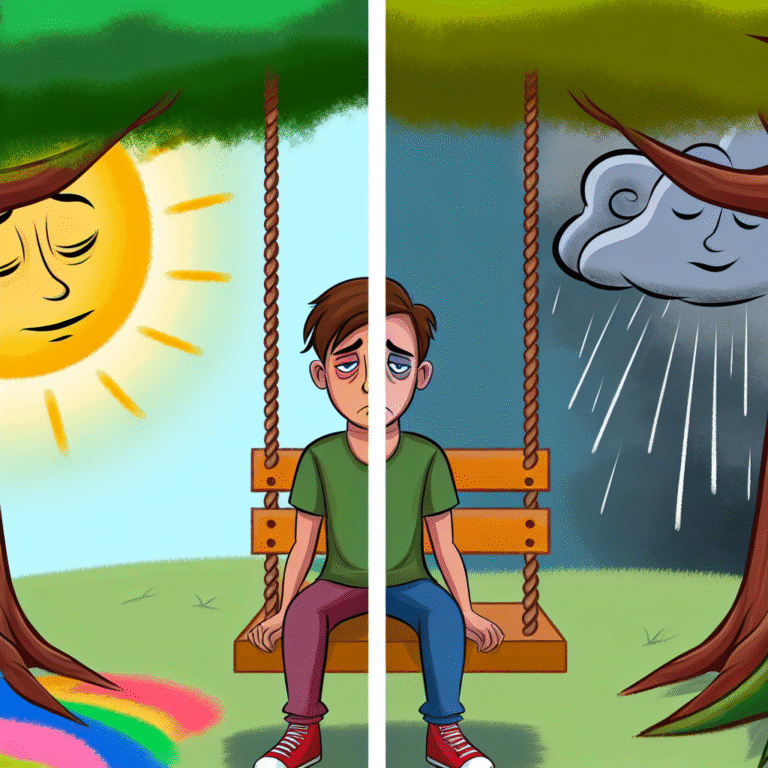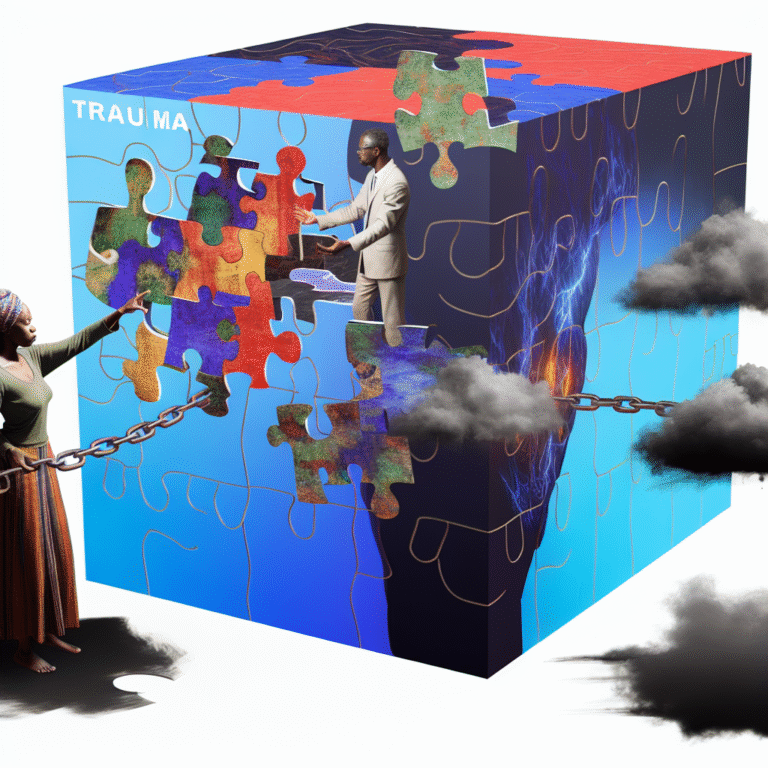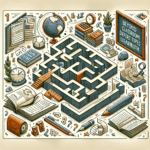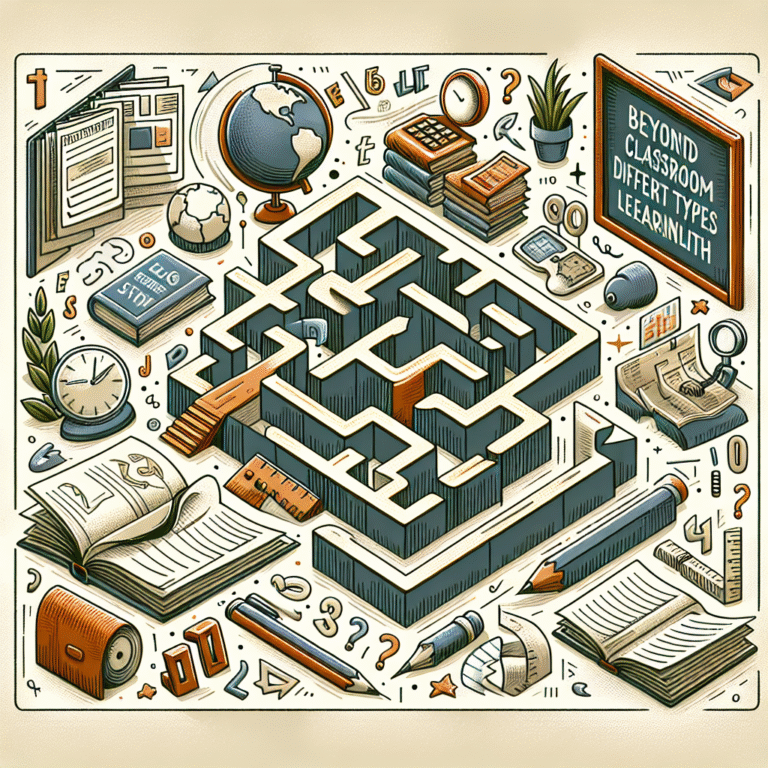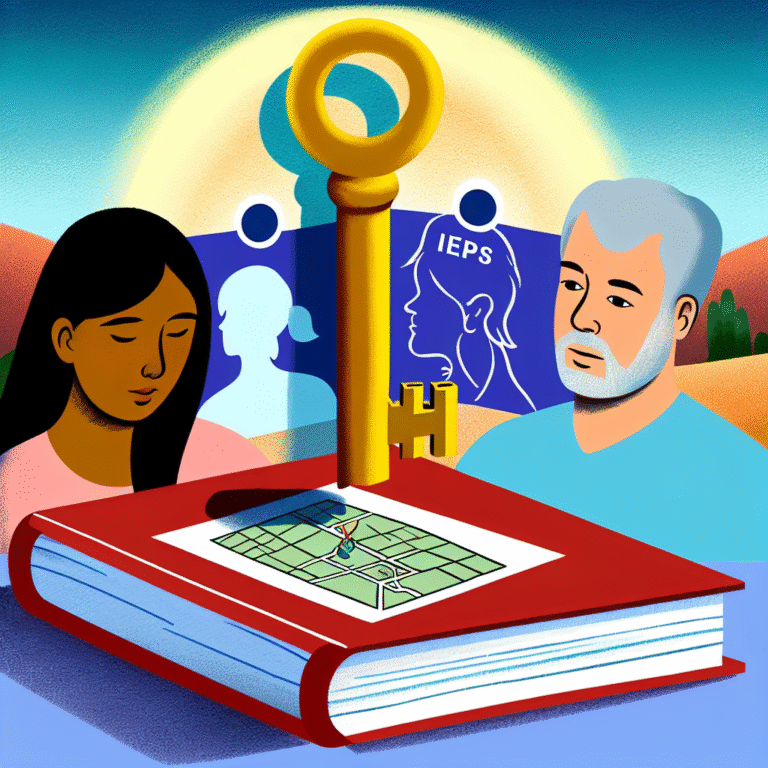
Color Your Calm: Essential Art Therapy Activities to Ease Anxiety
Introduction
In our fast-paced world, anxiety has become a common ailment that affects millions of people every day. The constant stream of information, pulsing deadlines, and unwarranted pressures can create a whirlwind of stress that leaves us feeling overwhelmed. One proven method to counteract these feelings is art therapy—a powerful tool that harnesses creativity as a means of expression and healing. In this article, we explore how art therapy activities can help you relax, reconnect with your emotions, and ultimately Color Your Calm. This comprehensive guide will illustrate the transformative power of art therapy through practical activities, real-world case studies, and actionable insights.
The Therapeutic Benefits of Color and Creativity
The Science Behind Art Therapy
Art therapy combines traditional psychotherapeutic techniques with the use of art materials. It is a flexible and expressive approach that encourages individuals to explore their feelings and thoughts through creativity. Numerous studies have shown that engaging in art can stimulate brain regions associated with relaxation and emotional regulation.
Key Benefits of Art Therapy for Anxiety Relief
- Emotional Expression: Through art, individuals can express feelings they might struggle to articulate verbally.
- Mindfulness: Creating art fosters a state of mindfulness, grounding individuals in the present and helping to quiet the mind.
- Self-Discovery: Art can reveal hidden thoughts, fears, and desires, serving as a springboard for deeper self-reflection and healing.
- Community and Support: Group art therapy sessions can foster connections among participants, providing a sense of belonging and support.
Art Therapy Activities to Ease Anxiety
1. Coloring for Calm
One of the simplest yet most effective art therapy activities is coloring. Adult coloring books have surged in popularity, serving as a casual and accessible way to engage with art.
Case Study: A study published in the Art Therapy Journal found that participants who colored mandalas reported significant decreases in anxiety levels. Participants experienced a 30% reduction in anxiety after just 20 minutes of coloring.
Activity:
- Gather coloring materials: colored pencils, markers, or crayons.
- Choose intricate designs such as mandalas, florals, or geometric patterns.
- Set a timer for 20 minutes, allowing your mind to drift while you focus on filling in the colors.
2. Mindful Doodling
Doodling may seem trivial, but it can be a powerful form of art therapy. It allows for creativity to flow freely without the pressure of producing a "masterpiece."
Activity:
- Use a blank sheet of paper and a pen or pencil.
- Start doodling simple shapes or patterns, letting your hand move freely.
- Focus on your breath, syncing your doodling to the rhythm of inhalation and exhalation.
3. Paint Your Feelings
Painting is a more intensive form of art therapy that enables deeper emotional exploration.
Case Study: In a workshop focused on anxiety relief through painting, participants created abstract pieces reflecting their inner turmoil. The results? All participants reported enhanced feelings of catharsis and emotional release after the session.
Activity:
- Use watercolor or acrylic paints.
- Choose colors that resonate with your feelings—whether bright and uplifting or dark and heavy—and let your emotions guide your brush.
- Once done, spend a few moments reflecting on how the colors and shapes express your current state.
Techniques for Grounding and Mindfulness
Art therapy is not just about creating; it’s about the experience behind it. Here are techniques that can accompany your art activities to enhance their calming effects.
1. Deep Breathing Exercises
Before tackling any art therapy activity, engage in a few deep breathing exercises. This can help calm your mind and prepare you for creative expression.
Steps:
- Inhale deeply through your nose, letting your abdomen expand.
- Hold your breath for a few seconds.
- Exhale slowly through your mouth.
2. Visualization Techniques
Couple your art-making with visualization techniques to amplify relaxation.
Steps:
- Close your eyes and imagine a peaceful scene (beach, forest, etc.).
- Picture yourself in that environment as you work on your artwork.
Creating a Dedicated Art Space
To enhance the effectiveness of your art therapy sessions, consider setting up a dedicated space.
Essential Elements for Your Art Space
| Element | Description |
|---|---|
| Natural Light | Bright and inviting, with at least one window. |
| Comfort | Provide comfortable seating and ample space to work. |
| Supplies | Keep a range of art supplies readily accessible. |
| Personal Touches | Decorate with images or objects that inspire you. |
Summary of Art Therapy Activities
By engaging in these activities, you can inject creativity into managing anxiety. Remember the key principles of art therapy and lean into the process rather than focusing solely on the result.
Conclusion: Take Back Your Calm
Anxiety is an unwelcome guest that can overshadow even the brightest moments of life. However, by dedicating time to creative expression, you can reclaim your inner peace. Color Your Calm: Art Therapy Activities to Ease Anxiety empowers you to channel your feelings into art if you so choose. It’s a journey towards self-discovery, mindfulness, and healing. As you pick up that paintbrush or colored pencil, know that you’re not merely creating art; you are actively reshaping your emotional landscape.
FAQs
1. What supplies do I need for art therapy activities?
You don’t need much—just basic supplies like paper, pencils, crayons, or paints. The goal is expression, not perfection.
2. Can I do art therapy alone?
Absolutely! While group sessions can be beneficial for community support, individual practice can be just as effective.
3. How often should I practice art therapy?
Integrate it into your routine—consider allocating at least 20 minutes a few times a week.
4. Are there specific types of art that are best for anxiety relief?
While all forms of art can be beneficial, painting and coloring are especially renowned for their calming effects.
5. Can I combine art therapy with other therapeutic practices?
Yes! Art therapy can complement practices such as mindfulness, journaling, or even traditional talk therapy, enhancing the overall benefits.
By embracing the joys of Color Your Calm: Art Therapy Activities to Ease Anxiety, you unearthed a robust toolkit for navigating life’s ups and downs. Remember, the path to tranquility can be painted with colors of creativity.

